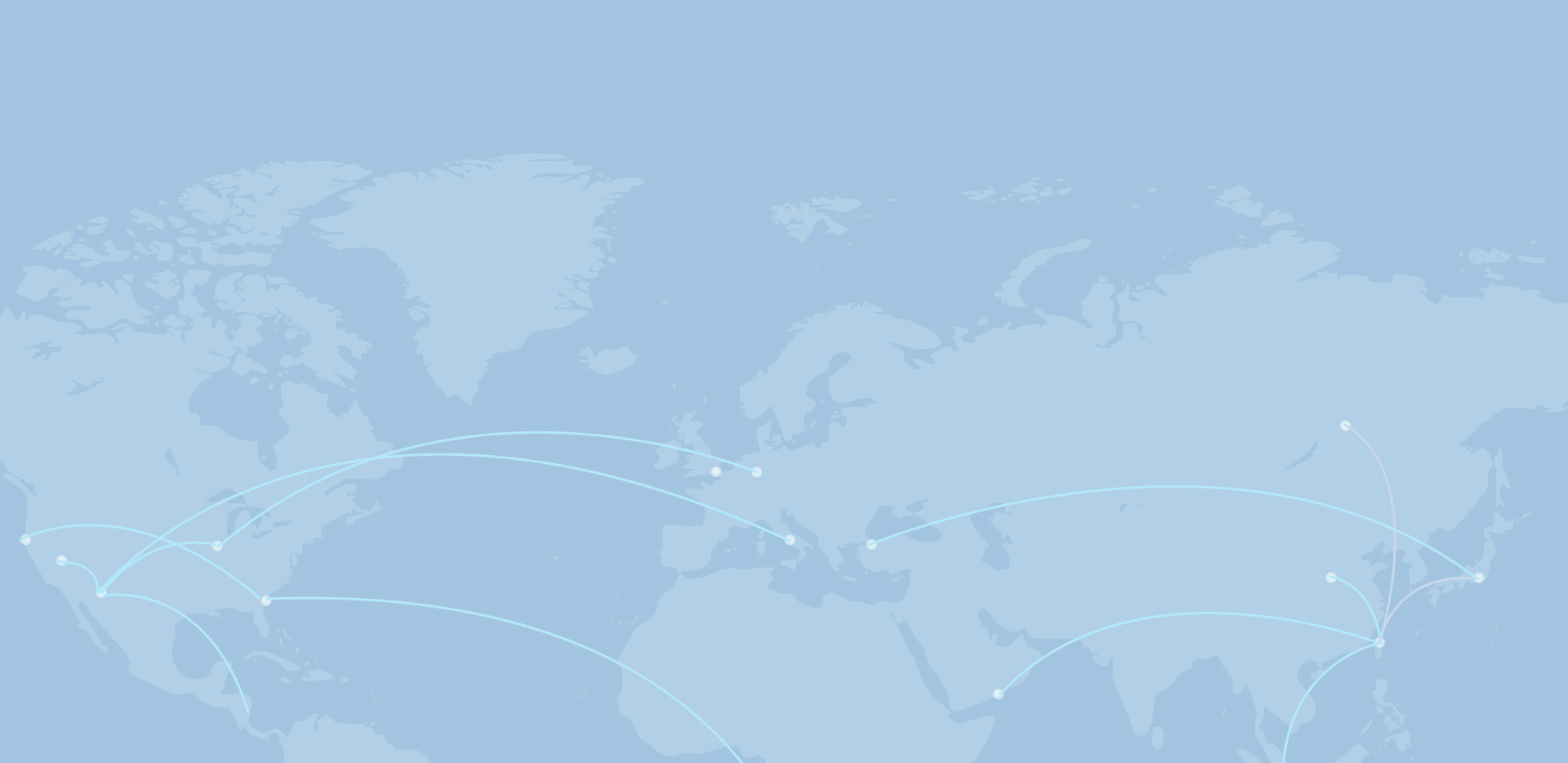| 標題 | 100N23-The effect of entry mode on organizational performance for Taiwan traditional industries Business Groups - family-control as a moderator |
| 姓名 | Jeng-Fung,Tsai |
| 指導教授 | 翁鶯娟 老師 |
| 畢業日期 | 2012/06 |
| 附件檔案 | 100N23 |
| 參考連結 | |
| 摘要 | 過去國內以集團企業為對象之研究多以其多角化、公司治理與經營績 效的關係為主,主要研究主題為集團企業在持股方式、組織結構、社會制 度等變數的影響下,所可能產生對集團企業經營的影響,若有探討其海外 進入模式者,亦多以企業個案或產業代表性公司為對象進行探討與研究分 析。隨著集團企業對國內經濟發展影響程度與日俱增,且台灣企業赴大陸 投資金額比例相較於其他地區已達70%,故其進入模式的選擇實重大影響 未來經營績效,再者國內企業家族經營為其特色,故家族控制對於集團企 業海外進入模式及其經營績效的干擾效果,實有必要進行 |
| 參考文獻 | 中文部份: 1. 中華民國公司法(2011 修正版)。 2. 中華民國財務會計準則第 7 號公報(2007 修訂版)。台北市:財團法人中華 民國會計研究發展基金會。 3. 中華徵信所(1971)。台灣地區集團企業研究。台北市:中華徵信所。 4. 中華徵信所(2003)。台灣地區集團企業研究。台北市:中華徵信所。 5. 中華徵信所(2005)。台灣地區集團企業研究。台北市:中華徵信所。 6. 中華徵信所(2010)。台灣地區集團企業研究。台北市:中華徵信所。 7. 中華徵信所(2011)。台灣地區集團企業研究。台北市:中華徵信所。 8. 尹啟銘(1989)。產品創新自由度、企業策略與技術策略之關係-台灣資訊 電子業實證研究。政治大學企業管理研究所博士論文。 9. 司徒達賢(1995)。策略管理。台北:遠流出版社。 10. 吳萬益(1996)。集團企業組織文化、決策模式與經營策略之研究-中美日 德韓墨主要集團企業運作模式之實證分析。行政院國家科學委員會專題研 究計劃。 11. 吳萬益(1996)。台美日企業在台灣及大陸企業經營環境及競爭策略之研 究。台大管理叢書,第7 卷第1 期,49-84。 12. 李維斌(1997)。產業結構、多角化策略與績效-台灣企業集團實證分析。國 立中山大學企研所碩士論文。 13. 吳宗賢(2000)。台灣集團企業在大陸市場的進入模式與經營續效之研究- 以企業經營因素為調節變數。東華大學國際企業學系碩士班碩士論文。 14. 李文瑞、曹為忠、陳旭銘(2001)。台商赴大陸投資進入模式影響因素之研 究-中小企業之實證分析。中山管理評論,第9 卷第1 期,61-86。 9 15. 李文瑞、曹為中、詹雪蘭、陳旭銘(2002)。進入模式、產業環境、以及廠 商特性對廠商海外市場經營績效之影響。企業管理學報第54 卷,1-32。 16. 李文瑞、黃啟瑞、胡秀華、陳律睿、謝芬蓉(2009)。CEO 特質及廠商 特性對海外市場進入時機與進入模式之影響─台商赴中國投資之實證分 析。中華管理評論,第12 卷第4 期,1-24。 17. 林彩梅(1994)。多國籍企業論。台北市:五南書局。 18. 林玉如(2000)。大傳統產業大陸投資策略個案研究-正新輪胎公司。國立國 立交通大學經營管理研究所碩士論文。 19. 林郁純(2007)。公司治理對台商投資大陸之影響-以家族與非家族企業為區 分。國立成功大學企業管理研究所碩士論文。 20. 林寶人(2010)。台灣上市櫃家族企業與公司績效。會計學報11 月,第3 卷第1 期,53-82。 21. 邱清顯(1995)。集團企業多角化策略、結合與所有權分配類型對其財務績 效影響之研究。國立中山大學企研所碩士論文。 22. 高長、陳威如(1998)。台商赴大陸投資所有權進入模式決定因素的分析。 管理學報,第15 卷第3 期,393-418。 23. 范揚富(1986)。家族企業管理承續之研究。工業技術研究院工程技術研究 所工業管理組博士論文。 24. 范揚松(1998)。家族企業的病理分析,現代管理月刊,第126 期,18-23。 25. 姚慧玉(1987)。本省中小企業與家族企業關係之研究。台北:英美出版社。 26. 洪嘉瑜(2002)。自由化與企業集團化的趨勢。台灣社會研究季刊,9 月第 47 期,33-83。 27. 康信鴻、邱麗娟(1997)。影響國際投資進入模式之實證研究:以台灣石化 產業為例。管理學報,第16 卷第2 期,139-180。 28. 陳宏姿(2001)。董監事結構與企業財務績效關聯之研究。國立政治大學會 計研究所碩士論文。 10 29. 陳宗成、簡金成(2007)。台灣企業及其轉投資中國公司股權結構對經營績 效與財務結構之影響。財務金融學刊,第15 期,113-145。 30. 陳厚銘(1994)。臺灣廠商海外投資之區位選擇與市場進入模式研究:折衷典 範與網路變數分析。國立台灣大學商學研究所博士論文。 31. 陳書平(2007)。台灣集團企業海外直接投資進入模式之研究:組織學習觀 點。台大管理論叢第18 卷第1 期,151-182 32. 張重昭(1990)。技術密集企業之競爭策略發展政策與管理制度。台北市: 中國經濟企業研究所。 33. 許士軍、陳光中(1989)。台灣家族企業發展與家族結構之關係。行政院國 家科學委員會專題研究。 34. 郭怡萍(2007)。家族治理的利與弊。會計師季刊,第96 卷第3 期,37-46。 35. 黃同圳(1998)。人力資源管理策略化程度與組織績效關係探討。輔仁管理 評論,第5 卷第1 期,1-18。 36. 黃光國(1984)。談家族企業的組織型態。中國論壇,第13 卷第7 期,21-22。 37. 黃俊英(1983)。台灣地區總體行銷環境之回顧與展望。管理評論,第6 卷 40-59。 38. 楊國彬,陳書平(2006)。台灣集團企業首次與後續海外直接投資所有權決 策之研究。國立東華大學國企系碩士論文。 39. 楊國彬,陳書平(2007)。台灣集團企業海外直接投資進入模式之研究:組 織學習觀點。台大管理論叢,第18 卷第1 期,151-181。 40. 廖秀梅(2003)。董事會結構特性與公司績效關係之研究-探討台灣家族控 制企業因素的影響。國立臺北大學會計學系博士論文。 41. 葉銀華(1998)。家族控股、董事會組成與經營績效-台灣家族企業管治機 制之研究。行政院國家科學委員會專題研究計劃成果報告。 42. 葉銀華(1999)。家族控股集團、核心企業與報酬互動之研究-台灣與香港證 券市場之比較。管理評論,第18 卷第2 期,59-86。 11 43. 簡上智(1995)。家族企業上市後股權結構變動對企業經營績效影響之研 究。國立成功大學企業管理研究所碩士論文。 44. 蔡渭水,蔡新豐(1998)。集團企業赴大陸之經營模式與其影響因素之研 究。中原學報,第26 卷第4 期,35-52。 45. 鍾喜梅(2010)。全球化?區域化?台灣家族與非家族集團海外擴張幅度之 研究,行政院國家科學委員會補助專題研究計劃成果報告。 46. 顧珈綸(2008)。組織系絡、投資策略、進入模式與組織績效-大陸台商之分 析。明志科技大學工業管理研究所碩士論文。 英文部份: 1. Agarwal, S. and N. Ramaswami(1992). Choice of foreign entry mode: Impact of ownership, location and internalization factors, Journal of International Business Studies, 23(1), 1-27 , 47-54. 12 2. Alcorn, P. B. (1982). Success and Survival in the Family-Owned Business. New York:McGraw-Hill Book Company. 3. Anderson, E., and Gatignon, H. (1986). Modes of foreign entry: A transaction costanalysis and propositions. Journal of International Business Studies, 17, 1–16. 4. Barnes, Louis B. and Simon A. Hershon (1976). Transferring Power in the Family Business. Harvard Business Review, 105-114. 5. Berle, A. A. and C. G. Means.(1932). The Modern Corporation and Private Property. New York: Commerce Clearing House. 6. Carsrud, A.L.(1994). Meanderings of A Resurrected Psychologist or Lessons Learned in Creating A Family Ausiness Program, Entrepreneurship: Theory and Practice, USA. 7. Chakravarthy, B. (1986).Measuring strategic performance. StrategicManagement Journal , 7(5), 437-458. 8. Chung, C. N. (2001). Markets, culture and institutions: The emergence of large business groups in Taiwan, 1950s-1970s. Journal of Management Studies, 38, 719–745. 9. Churchill, N.C., and Hatten, K.J. (1987). Non-Market-Based Transfers of Wealth and Power: A Research Framework For Family Business, American Journal of Small Business Management,11, 51-64. 10. Davidson, W.H. (1982).Global Strategic Management.New York: John Wiely and Sons. 11. Donnelley. R.G.(1964). The Family Business . Harvard Business Review, 42, 93-105. 12. Douglas, Susan P. (1983). Examining Performance of U.S. Multinationals In Foreign Market, Journal of International Business Studies. London, vol14, issue3, 51-63. 13 13. Dyer, W. G. J.(1986). Cultural Change in Family Firms: Understanding and Managing Business and Family Transitions. Jossey-Bass, San Francisco. 14. Granovetter, M. (1995). Coase revisited: Business groups in the modern economy. Industrial and Corporate Change, 4, 93–130. 15. Hamilton, G. G., and Kao, C. S. (1990). The institutional foundations of Chinese business: The family firm in Taiwan. Comparative Social Research, 12,135–151. 16. Hoopes, D. G., and Miller, D. Ownership(2006). Preferences, CompetitiveHeterogeneity, and Family-Controlled Businesses. Family BusinessReview, 19(2), 89-101. 17. Johanson, J and Vahlne,J.E.(1990).The Mechanism of Internationalization,International Marketing Review,7,4, 11-24. 18. Johnston,S., and Mcslevey,L.(1998).Stable shareholdings and Japan’s bubble economy :An historical overview. Strategic Management Journal,19(11),1101-1107. 19. Kim J. B., C. H.Yi(2006). Ownership structure , Business group affiliation , Listing status , and Earnings management : Evidence from Korea . Contemporary Accounting Research, 23(2),427-464. 20. Kurtzman, J. and Rifikin G. (2006), Startups that Work -- The 10 Critical Factors That Will Make or Break a New Company, Merlin Publishing Co., Ltd. 21. La Porta, R., F. Lopez-De-Silanes and A. Shleifer, 1999, Corporate ownership around the world., Journal of Finance Business Review 1 (1), 1-8. 22. Maignan, I., Lukas, B.A. (1997). Entry Mode Decisions: The Role of Managers’ Mental Models. Journal of Global Marketing, 10(4),7-22. 23. Malnight, T. W(1995).Globalization of an ethnocentric firm:An evolutionary perspective. Strategic Management Journal,16,119-141. 24. Miller, Danny (1988). “Relating Porter’s Business Strategies To Environment 14 and Structure: Analysis And Performance Implications,” Academy of Management Journal , 31, 280-308. 25. Nitsch, G., Beamish, P. W. and Makino, S( 1996). Entry Mode and Performance of Japanese FDI in Western Europe. Management International Review, 36(1), 27-43. 26. Palenzuela, V. A., Bobillo, A. M.(1999). Transaction costs and bargaining power: entry mode choice in foreign markets. Multinational Business Review,.7(1),62-75. 27. Pan, Y. & Chi, P.S.K.(1999). Financial Performance and Survival of Multinational Corporations in China. Strategic Management journal, 20, 359-374. 28. Pan, Y , Li, S. & Tse, D.K.(1999). The Impact of Order and Model of Market Entry on Profitability and Market Share, Journal of international Business studies, 83-103. 29. Peng, M. W. (2003). Family Ownership and Control in Large Firms: The Good, The Bad, The Irrelevant - and Why? William Davidson Institute,Working , 840 . 30. Peng, M. W. & Delios, A. (2006). What determines the scope of the firm over time and around the world? An Asia Pacific perspective. Asia Pacific J Manage, 23, 385-405. 31. Porter,M.E.(1986).Competition in Global Industries:A Conceptual Framework, Harvard Business School Press, 15-60. 32. Ronald C. Anderson and David M. Reeb., (2003)Founding-Family ownership, corporate diversification, and firm leverage. Journal of Law and Economics, 46(1-2), 653-684. 33. Shleifer, A., and Vishny, R. W. (1997). A Survey of Corporate Governance.Journal of Finance, 52, 737-783. 34. Sirmon, D. G., and Hitt, M. A.(2003). Managing Resources:Linking Unique 15 Resources, Management, and Wealth Creation in Family Firms. Entrepreneurship Theory and Practice, 27, 339-359. 35. Stopford, J., Wells, L. (1972). Managing the Multinational Enterprise: Organization of the Firm and ownership of the Subsidiaries. New York: Basick Book. 36. Strachan, H. (1976). Family and Other Business Groups In Economic Development:The Case of Nicaragua. New York: Praeger. 37. Van de ven, Andrew H., Diane L. Ferry(1980). Measuring and AssessingOrganization , NY : John Wiley & Sons. 38. Venkatraman, Ramanujam(1986). Measurement of Business Performance on Strategy Research: A comparison of Approaches.Academy of Management Review, Vol.11, 801-814. 39. Wind, Y. & Perlmutter, H. (1977). On the Identification of Frontier Issues in International Marketing. Columbia Journal of World Business, Winter: 131-139. 40. Woodcock, C.P., Beamish, P.W., Makino, S. (1994). Ownership-based entry mode strategies and international performance. Journal of International Business Studies; 25(2), 253-272. 41. Yeh, Y. H., Lee, T. S. and Woidtke, T.(2001). Family Control and Corporate Governance: Evidence for Taiwan. International Review of Finance, 2, 21–48. 42. Yammeesri, J., and Lodh, D. S. C.(2004). Is Family Ownership a Pain or Gain to Firm Performance? Journal of American Academy of Business,Cambridge, 4, 263-270. 43. Zhao, Hongxin and Lou Yadong. (2002). Product diversification, ownership structure and subsidiary performance in a dynamic foreign market, Management International Review, 42, 27-49. |
查看次數:
387




 高雄科技大學
高雄科技大學 企管EMBA
企管EMBA 網站導覽
網站導覽